The Film Society of Lincoln Center announces the complete lineup for the Projections section of the 56th New York Film Festival, to take place October 4-7. The slate is comprised of seven features, seven shorts programs, and two short works that will be looped in the Elinor Bunin Munroe Amphitheater. This international selection of film and video work expands upon our notions of what the moving image can do and be. Drawing on a broad range of innovative modes and techniques, including experimental narratives, avant-garde poetics, crossovers into documentary realms, and contemporary art practices, Projections brings together a diverse offering of short, medium, and feature-length work by some of today’s most essential and groundbreaking filmmakers and artists.
“This year’s Projections lineup brings together established artists, both from the cinema and from the gallery, and emerging talents working in fields that range from narrative fiction to ethnographic documentary,” said Dennis Lim, FSLC Director of Programming and one of the curators of Projections. “We’re especially excited about the sheer variety of this selection, which speaks to the credo of Projections: radicalism and innovation come in many guises, and the most vital contemporary artists continue to find a wide array of new possibilities for the moving image.”
Projections features 36 short and feature films, with four world premieres, nine North American premieres, and 14 U.S. premieres. Among the highlights are Gabriel Abrantes and Daniel Schmidt’s Diamantino, Projections Opening Night film and winner of the top prize at Cannes Critics Week this year; the North American premiere of Roi Soleil by Albert Serra (The Death of Louis XIV, NYFF54); and the fifth NYFF appearance from Tsai Ming-liang, who returns for the first time since 2013 with Your Face. The lineup also features the NYFF debuts of several Film Society of Lincoln Center alumni: Laura Huertas Millán (The Labyrinth), whose work was previously shown in Art of the Real and Neighboring Scenes; Akosua Adoma Owusu (Mahogany Too), whose short films have played both the New York African Film Festival and New Directors/New Films; Mariana Caló & Francisco Queimadela (Luminous Shadow), who screened as part of Art of the Real in 2016; and Ted Fendt (Classical Period) and Helena Wittmann (Ada Kaleh), both alum of New Directors/New Films.
Two films in Projections will be shown on 35mm, including James Benning’s 1977 debut feature 11×14, in a new restoration by the Austrian Film Museum, and eight will be exhibited on 16mm celluloid, including a rare screening of Ericka Beckman’s short films Cinderella and You The Better, restored by the Academy Film Archive.
A number of contemporary artists are featured in Projections, including new work from Jeremy Shaw, whose Quantification Trilogy imagines a dystopian social order; Ben Thorp Brown, studying Walter Gropius’s shoe warehouse in Gropius Memory Palace; Lawrence Abu Hamdan, whose Walled Unwalled is staged within two soundproof booths; Beatrice Gibson, intimately reframing the current political climate in I Hope I’m Loud When I’m Dead; Andrew Norman Wilson, whose Kodak imagines a dialogue between George Eastman and a blind former film technician; James Richards, collaborating for the second time with Steve Reinke for their mid-length film What Weakens the Flesh Is the Flesh Itself; and Dora Garcia, making her feature film debut with Second Time Around, which shared the grand prize at FIDMarseille with Roi Soleil. Projections also showcases returning filmmakers Laida Lertxundi (Words, Planets), Ben Rivers (Trees Down Here), Janie Geiser (Valeria Street), Sylvia Schedelbauer (Wishing Well), Sky Hopinka (Fainting Spells), Mary Helena Clark (The Glass Note), and Jodie Mack, making her fifth Projections appearance with her debut feature The Grand Bizarre.
The NYFF is proud to continue its collaboration with MUBI. The curated streaming platform will be the dedicated sponsor of the Projections section for the fourth consecutive year. After the completion of the festival, MUBI will proudly present a selection of titles from this year’s program, making these essential works available to audiences across the globe. Details on the films and schedule will be announced at a later date.
Projections is curated by Dennis Lim (FSLC Director of Programming) and Aily Nash (independent curator). Shelby Shaw and Dan Sullivan are Program Assistants.
Projections tickets are $17 for General Public and $12 for Members & Students. A Projections All-Access Pass will also be available for purchase. See here more information.
Tickets for the 56th New York Film Festival will go on sale to the general public on September 9. Festival and VIP passes are on sale now and offer one of the earliest opportunities to purchase tickets and secure seats at some of the festival’s biggest events, including Opening Night, Centerpiece, and Closing Night. Learn more here.
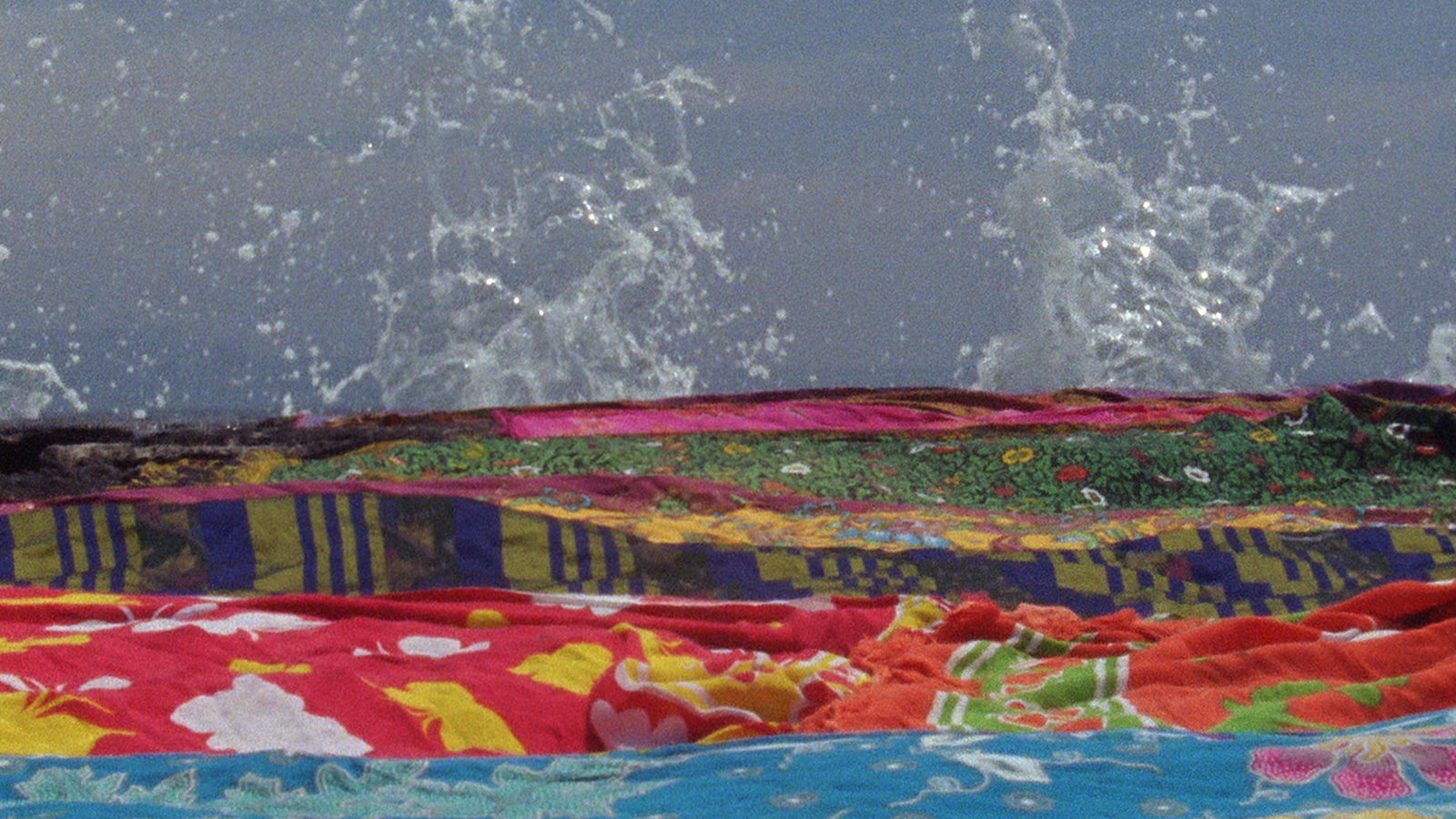
The Grand Bizarre
FILMS & DESCRIPTIONS
All films screen digitally at the Elinor Bunin Munroe Film Center (144 W. 65th St.) unless otherwise noted.
FEATURES
Opening Night
Diamantino by Daniel Schmidt and Gabriel Abrantes
U.S. Premiere, Portugal/France/Brazil, 2018, 92m
When he misses the big goal on the world’s largest stage, chiseled fútbol star Diamantino (Carloto Cotta) flees the public eye; no longer able to conjure the giant fluffy puppies that guided him to superstardom, he is rendered a vessel without a purpose. And thus begins an unexpected journey toward love and enlightenment that involves cloning, the CIA, a Syrian refugee, and Diamantino’s nefarious twin sisters. A perversely pleasurable sendup of Brexit, genetic science, and the ongoing refugee crises, this dazzlingly original feature from longtime collaborators Daniel Schmidt and Gabriel Abrantes skewers its subjects with loving cinematic gusto. Walter Reade Theater, 165 W. 65th St.
11 x 14 by James Benning
USA, 1977, 35mm, 82m
James Benning’s first feature-length film announced the arrival of a radical new voice in the evolution of moving image art, and remains a landmark of the American avant-garde. Composed of 65 beautifully framed shots of provincial life and suburban domesticity, this 16mm-shot travelogue of the Midwestern United States advanced notions of structuralist cinema while forming a visual tapestry of the American heartland in all its rugged glory. Restored by the Austrian Film Museum in collaboration with Arsenal – Institute for Film and Video Art.
Classical Period by Ted Fendt
North American Premiere, USA, 2018, 16mm, 62m
A group of young intellectuals partake in playful rounds of academic sparring in Fendt’s second feature, an über-cinephilic treatise on language, literature, and theology. Between Dante discussion groups and solitary linguistic exercises, Cal (Calvin Engime) engages his friends in a series of discursive debates that, while reaching far and wide across history, eventually correlate to more interpersonal concerns. Shot on rough-hewn 16mm with a formal rigor to match its characters’ studied personas, Fendt’s encyclopedic take on cinema stimulates the mind as much as it does the senses.
The Grand Bizarre by Jodie Mack
U.S. Premiere, USA, 2018, 16mm, 61m
A film of boundless energy and ingenuity, the first feature by American animator Jodie Mack is a color-coordinated, rhythmically tuned fantasia for the senses. Filmed over five years and in as many countries, this all-analog travelogue finds thousands of textiles and printed designs dancing across locations from Mexico to Morocco to India. With handmade charm and a topical touch, Mack traces the industrial cogs of fabric production and consumption that make our material world turn. A motion picture in the truest sense.
Roi Soleil by Albert Serra
North American Premiere, Spain/Portugal, 2018, 62m
Catalan director Albert Serra’s follow-up to his magisterial The Death of Louis XIV (NYFF54) is another forensic documentation of the Sun King’s final breaths. Here, however, Versailles is replaced with the glow of the gallery. Featuring Lluís Serrat (Sancho from Serra’s Honor of the Knights) in a filmed performance of a 2017 installation, Roi Soleil boldly crossbreeds performance art and observational cinema. As we watch the King writhe and moan—sometimes painfully, sometimes humorously—in mortal agony, his prone body bathed in bloodred fluorescents, the spectator’s role is increasingly called into question, implicating the viewer in the public consumption of this very private experience.
Second Time Around / Segunda Vez by Dora García
North American Premiere, Belgium/Norway, 2018, 94m
Spanish contemporary artist Dora García’s first feature explores the intersection of politics, psychoanalysis, and performance as developed through various texts and artistic stagings of the 1960s and ’70s. Through evocative reconstructions of Argentinian theorist Oscar Masotta’s storied “happenings,” and lightly dramatized vignettes based on contemporaneous writings by Macedonio Fernández and Julio Cortázar (whose story “Segunda Vez” lends the film its title), García nimbly interweaves narrative and nonfiction devices to arrive at something wholly distinct from either––cinema as historical intervention.
Your Face by Tsai Ming-liang
North American Premiere, Taiwan, 2018, 76m
Radically rethinking the tired talking-heads template, Tsai Ming-liang’s latest digital experiment turns the human face into a subject of dramatic intrigue. Comprised of a series of portrait shots of mostly anonymous individuals (Tsai devotees will no doubt recognize his long-time muse, Lee Kang-sheng), the film shrewdly deemphasizes language while reducing context to a bare minimum. In their place, the beauty and imperfections of each face take center stage. Accompanied by Ryuichi Sakamoto’s soundtrack of dynamically modulating drone frequencies, Tsai’s subjects variously speak, stare, and, at one point, sleep as the camera quietly registers the weight of personal history and accumulated experience writ beautifully across every last pore and crevasse.
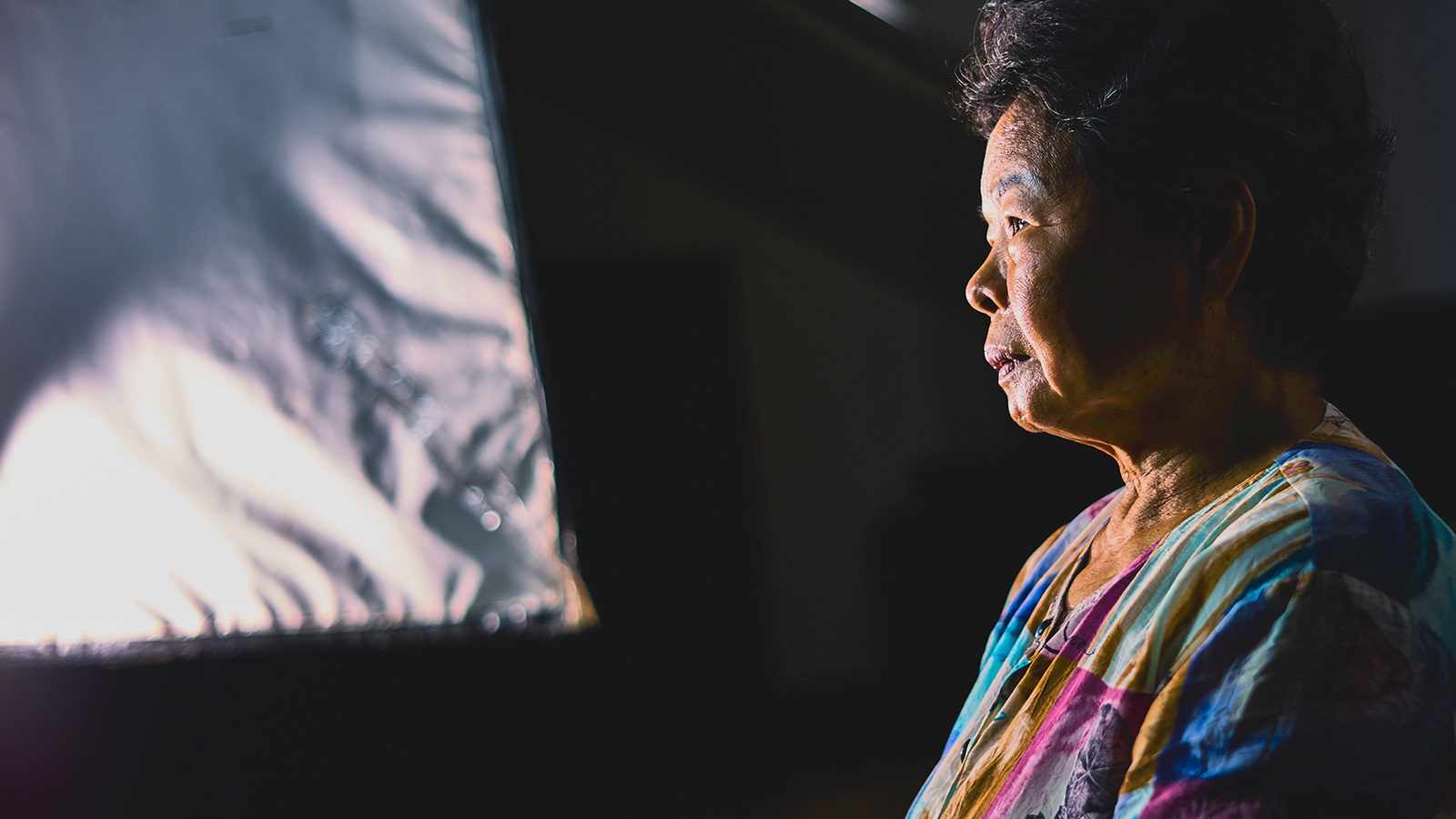
Your Face
SHORTS
Ericka Beckman Program
Cinderella, USA, 1986, 16mm, 27m
You The Better, USA, 1983, 16mm, 31m
TRT: 58m
Incorporating elements of theater, dance, and performative fantasy, the films of Ericka Beckman are unique documents of the conjoined trajectory of Pop Art and the American avant-garde. Whimsically examining issues of self-image, gender, and female sexuality, Beckman’s surrealist odysseys employ universal narrative threads as allegorical building blocks for ambitiously staged productions that variously utilize optical printing, in-camera editing, and early 3D mapping technology. Following a number of Super 8 shorts made while studying at CalArts, Beckman moved to 16mm for the proto-interactive gameplay adventure You The Better (1983) and a musical reimagining of Cinderella (1986), pocket epics that speak to her infectious creativity. Restored by the Academy Film Archive and BB Optics.
Quantification Trilogy by Jeremy Shaw
Quickeners, Germany, 2014, 37m
Liminals, Germany, 2017, 31m
I Can See Forever, Germany, 2018, 43m
U.S. Premiere, TRT: 111m
Under the guise of nonfiction, Shaw’s vérité-style trilogy imagines a dystopian—and increasingly familiar—social order in which marginalized societies strive against extinction. Through transcendental experiments and cathartic rituals, these future humans seek feelings of desire and faith that have been expunged from the species’ capacities. The medium-length Quickeners (2014), Liminals (2017), and his latest, I Can See Forever (2018), redefine the bounds of archival cinema, conveying sci-fi narratives through various retro-analogue formats and clinical voiceover narration.
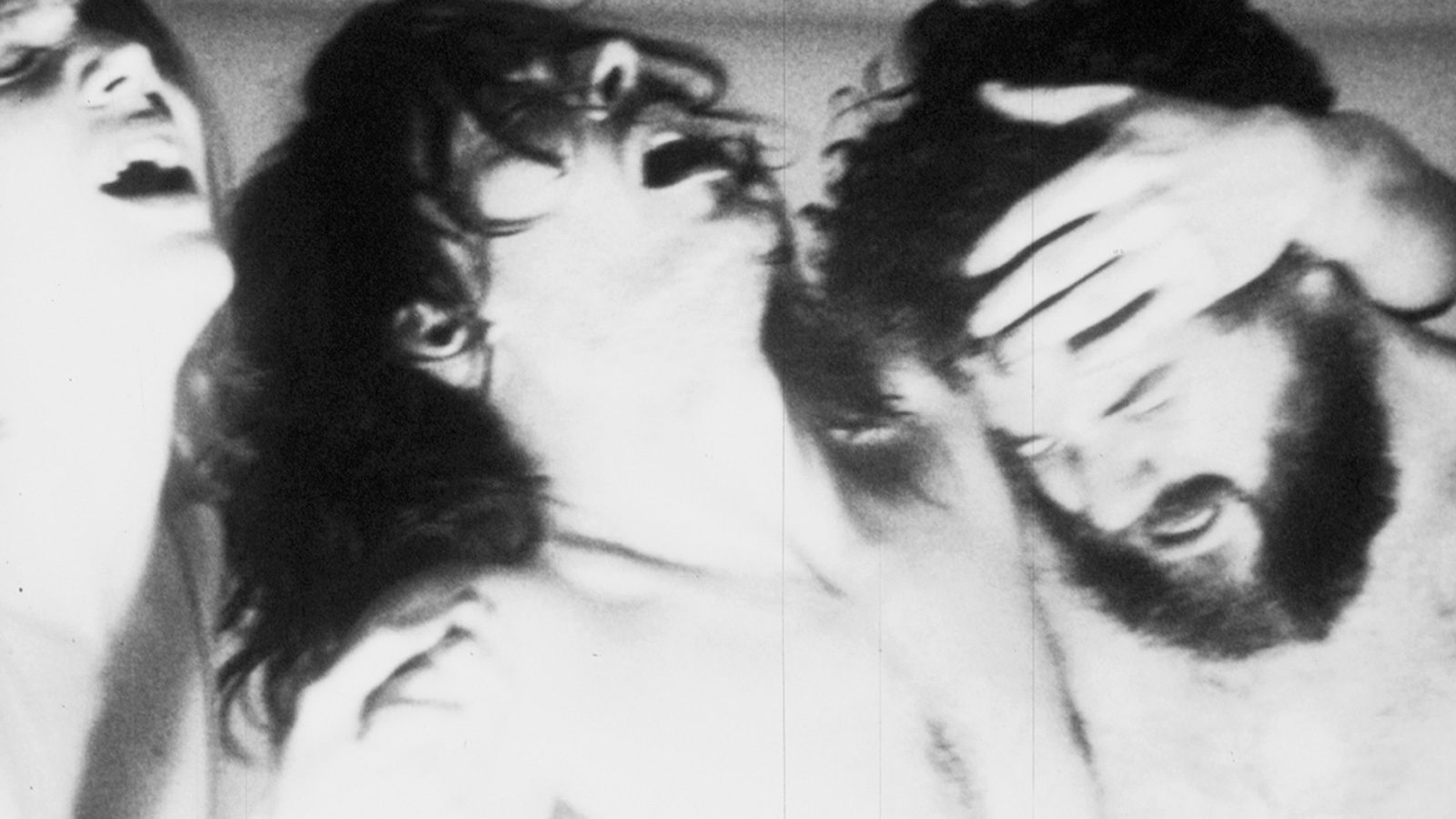
Quantification Trilogy
Program 1: Place Revisited
A Return by James Edmonds
Germany, 2018, 16mm, 6m
James Edmonds’s intricately constructed 16mm montage film brings two disparate settings—Berlin and a village in the South of England—into the same cinematic headspace. Locating likenesses between soft light and overcast coasts, the comfort of sun-dappled interiors and the warmth of a tree-lined field, Edmonds both summons natural juxtapositions and creates unexpected harmony through deft superimpositions.
Valeria Street by Janie Geiser
North American Premiere, USA, 2018, 11m
Initiated by an unearthed photograph of her father and his colleagues around a conference table in a generic mid-century office, Geiser’s evocative collage film charts a personal-political path through the recesses of America’s industrial ecosystem. Using animation and re-photography effects, Geiser presents an array of images (geometric diagrams, blueprints, live-action landscape shots) in a prismatic reflection on power structures in the workplace.
Mahogany Too by Akosua Adoma Owusu
USA/Ghana, 2018, 3m
This vibrant, Nollywood-inspired spin on the 1975 Motown-produced movie Mahogany, features actress Esosa E vogueing through the city streets under the sign of Diana Ross’s iconic fashionista Tracy Chambers. Shot on warm 16mm, Akosua Adoma Owusu’s contemporary gloss on a beloved character celebrates her ever-progressive sense of style and self-assurance.
Between Relating and Use by Nazli Dinçel
Argentina/USA, 2018, 16mm, 9m
In this ethical examination of ethnographic art, Dinçel dissects the thin line separating unconscious fantasy from cultural appropriation. Pairing the words of scholars Laura Marks and D.W. Winnicott with sensual 16mm images of the human body in direct contact with the natural environment, the film slowly turns the notion of fetishization into a tool for reflexive thought.
Trees Down Here by Ben Rivers
U.S. Premiere, UK, 2018, 35mm, 14m
Ben Rivers investigates the oak-paneled buildings and birch-lined grounds of Cowan’s Court at Churchill College in this serene architectural study. His rhythmic montage—comprising site plans and construction models, images of animals and architecture—sketches an expansive view of a solitary environment.
Eye of a Needle by Katherin McInnis
World Premiere, USA, 2018, 5m
Archival stills of the Great Depression come shuddering to life in Katherin McInnis’s work of photographic montage. Rapidly alternating, minutely offset images of young farm laborers in the American South create the illusion of movement around a cut-out focal point, matched by a scratch beat built on chasms of negative space.
Wishing Well by Sylvia Schedelbauer
Germany, 2018, 13m
Sylvia Schedelbauer’s previously monochrome world comes bursting forth in full color in this hypnotic trip through the landscape of memory and adolescence, which conjoins original HD imagery and 16mm found footage of an anonymous young boy in the throes of discovery. Through superimpositions and flicker effects, the film traces a simultaneously interior and exterior path across disparate temporalities that nonetheless retains a bracing immediacy.

Trees Down Here
Program 2: Strategies for Renewal
Key, washer, coin by Alan Segal
World Premiere, Argentina, 2018, 14m
The formal and semantic languages of advertisements are dissected in this investigative essay that breaks the marketing model down to its component parts, highlighting the complex capitalist infrastructure that fuels our economic reality.
Words, Planets by Laida Lertxundi
U.S. Premiere, USA/Spain, 2018, 10m
An ode to motherhood and nature’s cosmic energies, Laida Lertxundi’s enchanting diary film presents disparate scenes gathered from rural locales ranging from Havana to Devil’s Punchbowl. Inspired by the compositional strategies of Chinese painter Shih-t’ao, Lertxundi links her warmly saturated imagery through the words of Lucy Lippard and R.D. Laing and the recurrent skip of an infectious pop song, and in the process offers a gentle reminder of (mother) Earth’s boundless gifts.
Life After Love by Zachary Epcar
North American Premiere, USA, 2018, 8m
In this serene study of lost love and natural light, parked cars in public spaces become sanctuaries for emotional renewal. Paired with reflective voiceover and strangely comforting self-help recordings, Zachary Epcar’s casually inventive images, highlighting sun-baked glass and asphalt surfaces, imbue the mid-afternoon heat with the promise of a better tomorrow.
I Hope I’m Loud When I’m Dead by Beatrice Gibson
U.S. Premiere, UK, 2018, 20m
Reframing our current political moment in intimate terms, Gibson’s urgent snapshot of worldwide social calamities doubles as a document of practical resistance. In Gibson’s hands, the music of Pauline Oliveros and the words of poets CA Conrad and Eileen Myles imbue images of street riots, the Grenfell Fire, and the mass refugee migration with complexity and grace.
The Air of the Earth in Your Lungs by Ross Meckfessel
U.S. Premiere, USA/Japan, 2018, 16mm, 11m
The real and the virtual fold together and apart until space itself is rendered immaterial in this slipstream of digital-modulated environments that brings together landscape photography, video game interfaces, and drone-conducted land surveys in brisk montage.
Program 3: Trips to the Interior
Fainting Spells by Sky Hopinka
World Premiere, USA, 2018, 11m
Sky Hopinka looks to native lore to take up the legend of the Xąwįska, or Indian Pipe Plant, a root used by the Ho-Chunk tribe to revive people who have fainted. Framed as an epistolary correspondence between imagined subjects, the film braids apocalyptic imagery and elegantly scrolling text into a hypnotic consideration of myth and memory.
Chooka by Parastoo Anoushahpour, Faraz Anoushahpour, and Ryan Ferko
U.S. Premiere, Iran/Canada, 2018, 21m
Shot in the Gilan Province of northern Iran, a region that saw the influx of hundreds of North American engineers commissioned to build a paper factory in 1973, Chooka meditates on the lingering effects of the era’s industrial expansion. Guided by the recollections of those whose roots stretch back to before the Revolution, the film creates illuminating connections between archival footage, new images of the factory ruins, and excerpts from a pair of contemporaneous films shot in the same area by Bahram Beyzaie.
Ada Kaleh by Helena Wittmann
U.S. Premiere, Germany, 2018, 14m
This precisely calibrated domestic diorama alights upon the imagined futures of a group of anonymous young adults. In Helena Wittmann’s warmly rendered feat of formalist filmmaking, questions of time and the realities of space convene in languid interior pans, incremental shifts in light, and the private reflections of her subjects.
The Labyrinth / El Laberinto by Laura Huertas Millán
U.S. Premiere, Colombia/France, 2018, 21m
A notorious drug lord leads the viewer on a tour of the bloodstained Colombian jungle and a most curious architectural landmark: an exact replica of the villa from ’80s soap opera Dynasty. Seamlessly intercutting enigmatic clips from the show with original 16mm landscape imagery, this revealing ethnographic study bridges an uncanny pop-historical divide.
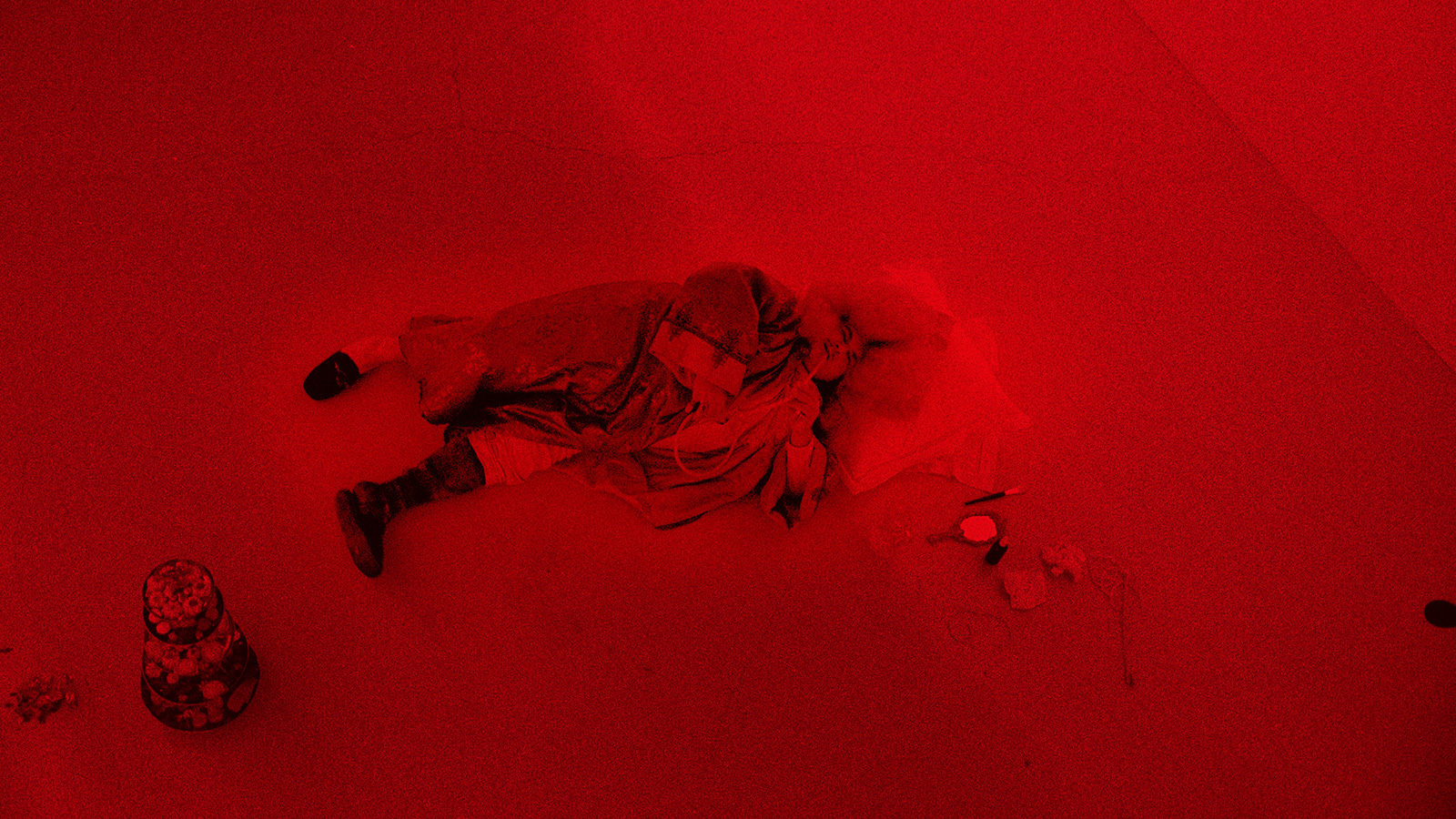
Roi Soleil
Program 4: Form and Function
Mixed Signals by Courtney Stephens
North American Premiere, USA, 2018, 16mm, 8m
Stricken with an undisclosed illness, the narrator of this reflexive work draws evocative parallels between the darkened hulls of an industrial ocean liner and an increasingly disorienting mental state. Courtney Stephens was inspired by the nautical imagery and turbulent inner monologue of Hannah Weiner’s maritime code poems.
Luminous Shadow / Sombra Luminosa by Mariana Caló and Francisco Queimadela
North American Premiere, Portugal, 2018, 22m
A meditation on the human form and its many representations over the centuries, this archaeological essay compiles images of statues, photos, sketches, and news clippings from Portugal’s Jose de Guimarães International Arts Centre. The filmmakers conjure a slipstream of interrelated origin stories via brief bits of narration and tableaux of various animal and mineral elements.
The Glass Note by Mary Helena Clark
U.S. Premiere, USA, 2018, 9m
In this elliptical audiovisual diary, cinema’s extrasensory capacity is given surprising form. Here, what we see (the human throat, Gothic statuary, digitally generated furniture) often contradicts what we hear (birdsong, tightly wound rope, lithophonic stones), but the combined effect speaks to a utopian and universal ideal of filmic language.
Walled Unwalled by Lawrence Abu Hamdan
U.S. Premiere, Germany, 2018, 21m
Lawrence Abu Hamdan finds in a former GDR state radio station a perfect conduit for his ongoing cinematic interrogation of the political dimensions of sound. Centered on a series of court cases that used auditory or sensory evidence based on information gathered through walls, the film is staged within three soundproof booths, in which a live narrator recites witness testimonies while projected text and images create organic superimpositions. It’s an exploration of the fundamental abstractions of seeing and listening.
Program 5: Persistent Analogues
Kodak by Andrew Norman Wilson
World Premiere, USA, 2018, 29m
A semi-biographical fiction inspired by his father’s work at one of Kodak’s first processing labs, Wilson’s speculative gloss on the evolution of photochemical science entwines multiple perspectives and personas. Co-written by James N. Kienitz Wilkins, Kodak imagines a dialogue between a blind, mentally unstable former film technician and George Eastman himself, recordings of whom play out over a procession of photographs, home video footage, vintage Kodak ads, and animations.
What Weakens the Flesh Is the Flesh Itself by Steve Reinke and James Richards
U.S. Premiere, Wales/Germany/USA/Canada, 2017, 40m
The second collaborative work by Steve Reinke and James Richards begins as an intimate look at the autoerotic photography of Albrecht Becker, an artist imprisoned by the Nazis for homosexual behavior. Soundtracked by a mix of free jazz percussion, acoustic balladry, and droning synth patches, the work blossoms into a meditation on masculinity and the relationship between the human form and its persistent analogues, forever preserved in archives.
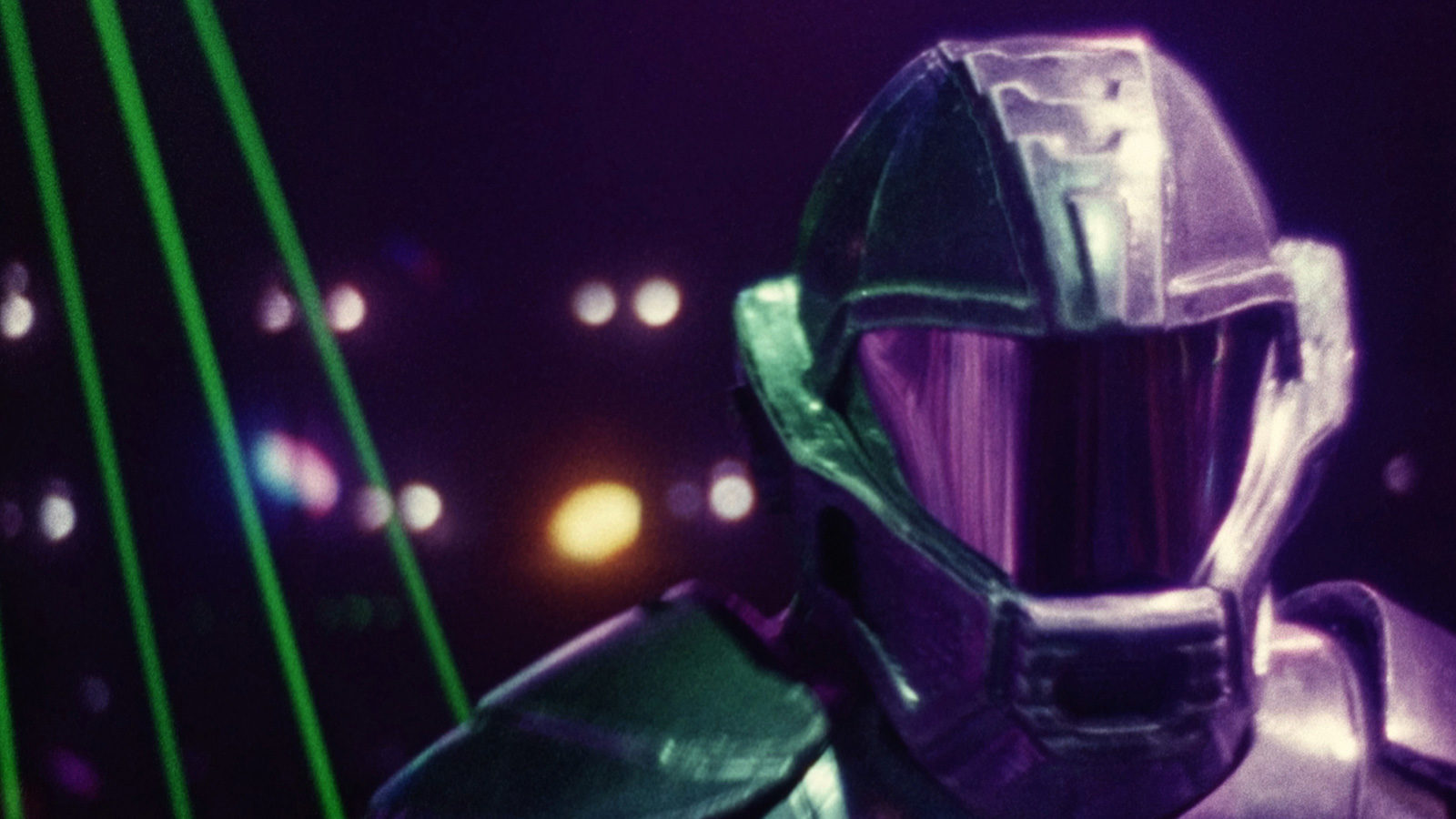
The Air of the Earth in Your Lungs
AMPHITHEATER
From Its Mouth Came a River of High-End Residential Appliances by WangShui
U.S. Premiere, USA, 2018, 13m
Hundreds of feet in the air, a drone approaches a row of skyscrapers along Hong Kong’s affluent southern coast. The target: giant holes in the buildings’ facades kept clear for the passage of mythological dragons. Over three successive trips, an affectless voice offers thoughts on feng shui architecture, ideological resistance, and notions of queer identity.
Gropius Memory Palace by Ben Thorp Brown
North American Premiere, USA, 2017, 20m
Part architectural film, part ASMR exercise, this observational study of Walter Gropius’s famed shoe warehouse, The Fagus Factory, is a meditation in every sense. Opening against soft white light and the soothing sounds of a hypnotherapist’s voice, Ben Thorp Brown’s film transports the audience inside Gropius’s landmark. Droning ambience and languid images of laborers at work foster a psychoanalytic space through which the viewer may deeply consider the nature of memory and its constant negotiation between context and content.



